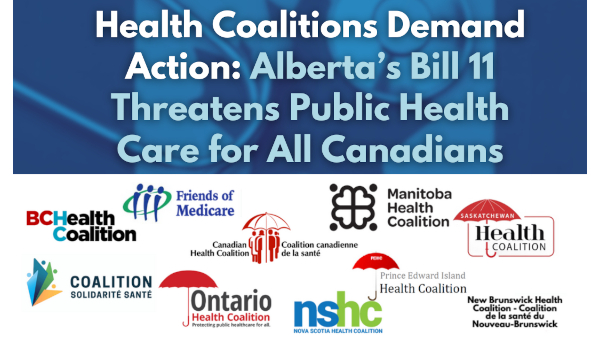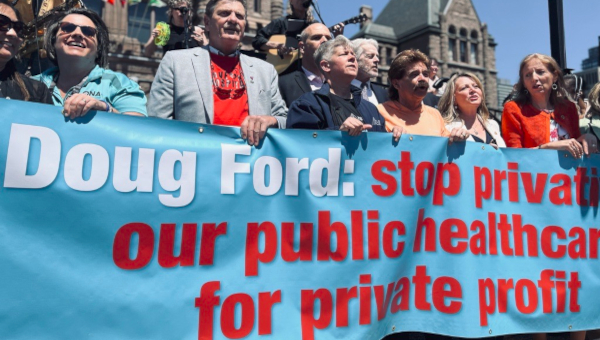Spending on Health Must Get Much Larger
The long term fiscal and economic outlook released this week by Ontario’s Financial Accountability Office (FAO) shows that big increases in healthcare spending are required in the years ahead.
The FAO forecasts that provincial government spending on healthcare will increase from an average of 6.4% of gross domestic product (GDP) to 7.6% for years 2024 through 2031. It will then go to 8.3% in the 2030s and 9.1% in the 2040s.
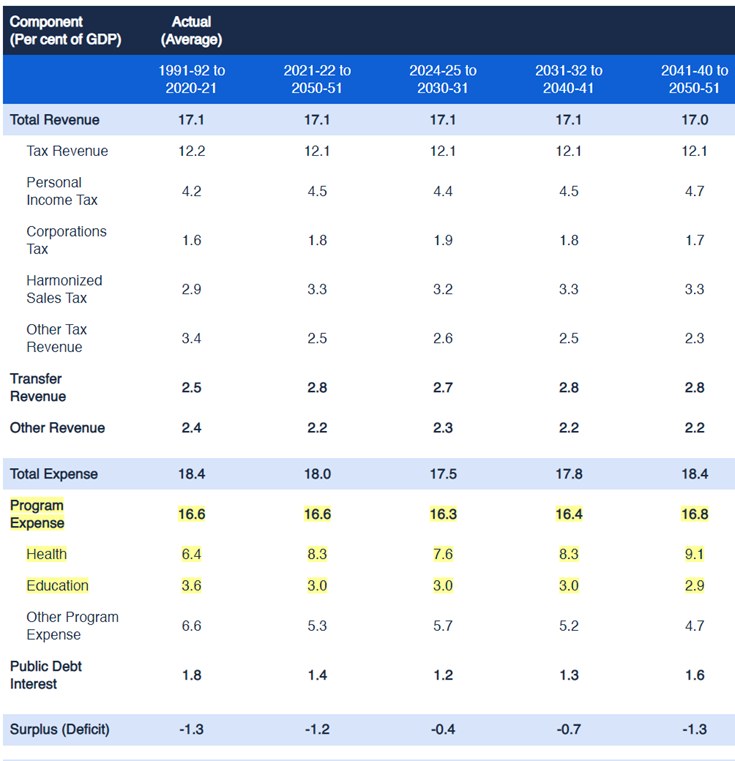
An increase from 6.4% of GDP to 9.1% is a big increase in healthcare’s share of economic activity.
A key factor driving this is an aging population. Older people need more healthcare. For the current decade (2020-30), the FAO forecasts provincial health care spending increases at 5% per year:
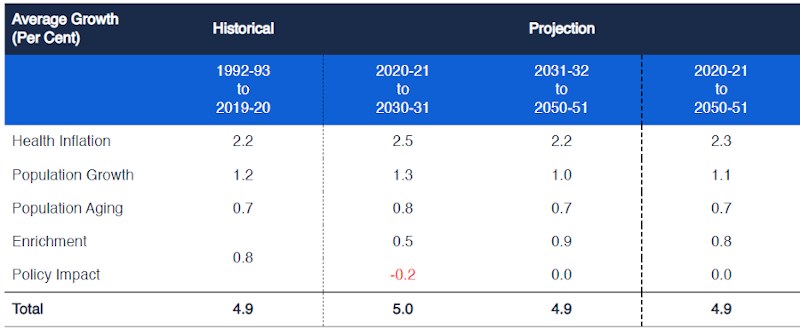
A key take away from this is that the health care workforce will need to expand. The staff shortages that currently bedevil healthcare are going to get worse if there is not a concerted effort to recruit and retain health care staff by making health care a more attractive place to work.
So it is noteworthy that the FAO reveals that 5% annual growth in funding is based on a plan to reduce the real wages of health care workers (hence the negative 0.2% annual impact of “policy” on expenditure requirements in the chart above). It’s going to be quite a trick to dramatically step up recruitment and retention in health care when government policy is to drive down wages.
The FAO also forecasts that the trend to slower economic growth will continue, with growth slowing down from a 30 year average of 2.3% to 2.1% over the next eighteen years, with it edging down slightly further to 2.0% in the 2040s.
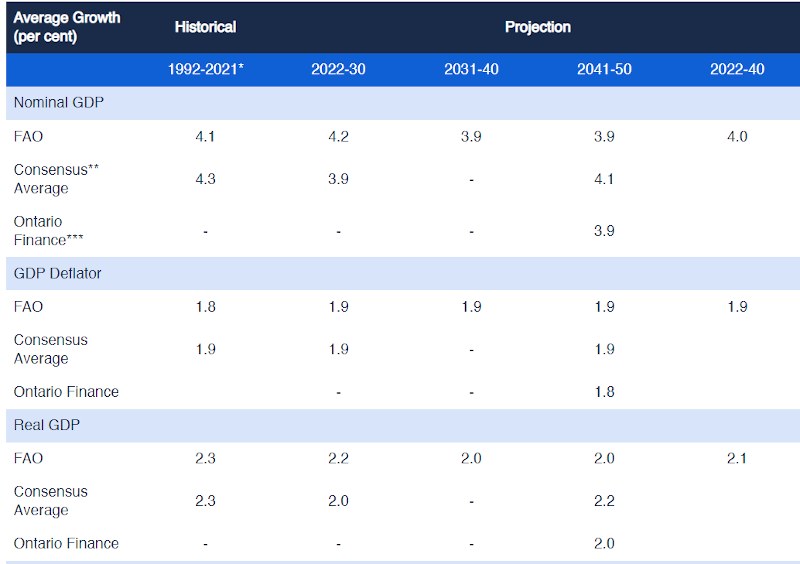
That would still see the economy almost twice as large in 2050 as in 2020. As a result, health care growth will be driven by both a much larger economy and by a requirement that a much bigger share of the economy be used for health care. All told, real healthcare spending will need to be well over twice the current level.
Economic growth has been slowing in the developed capitalist countries for many decades. The growth in incomes and social programs for working people has slowed even more markedly, with only modest improvements since the 1980s, much less than actual economic growth. So, unless something changes, working people are in for a long, hard slog. Ensuring the increases necessary for adequate public healthcare will be a challenge.
On top of this problem, even the modest FAO growth forecast is in question: it assumes growth in Ontario will be quicker than in the United States (quite a feat when the US sets the rules) and it assumes that Ontario productivity growth will almost double the rate of growth over the last twenty years. Trouble may lie ahead. •
This article first published on the LeftWords website.


